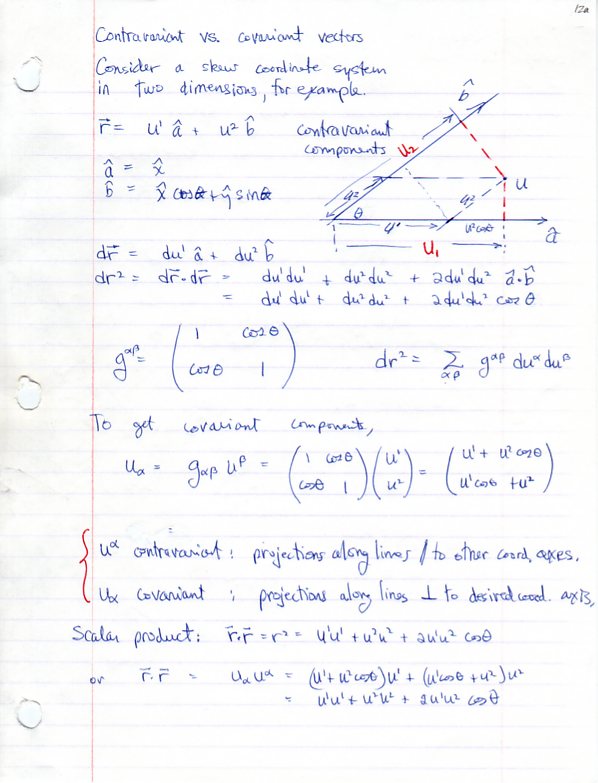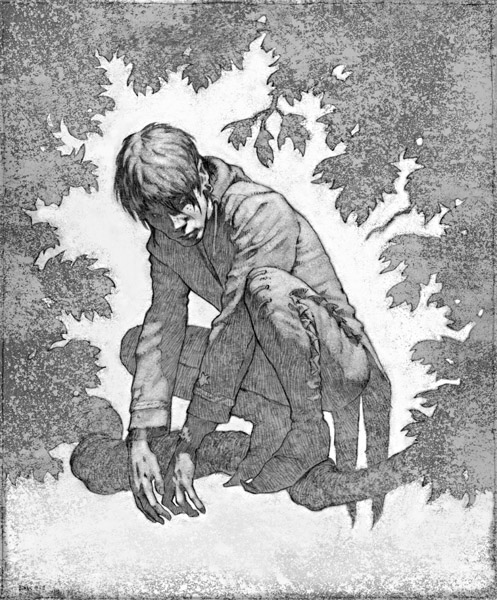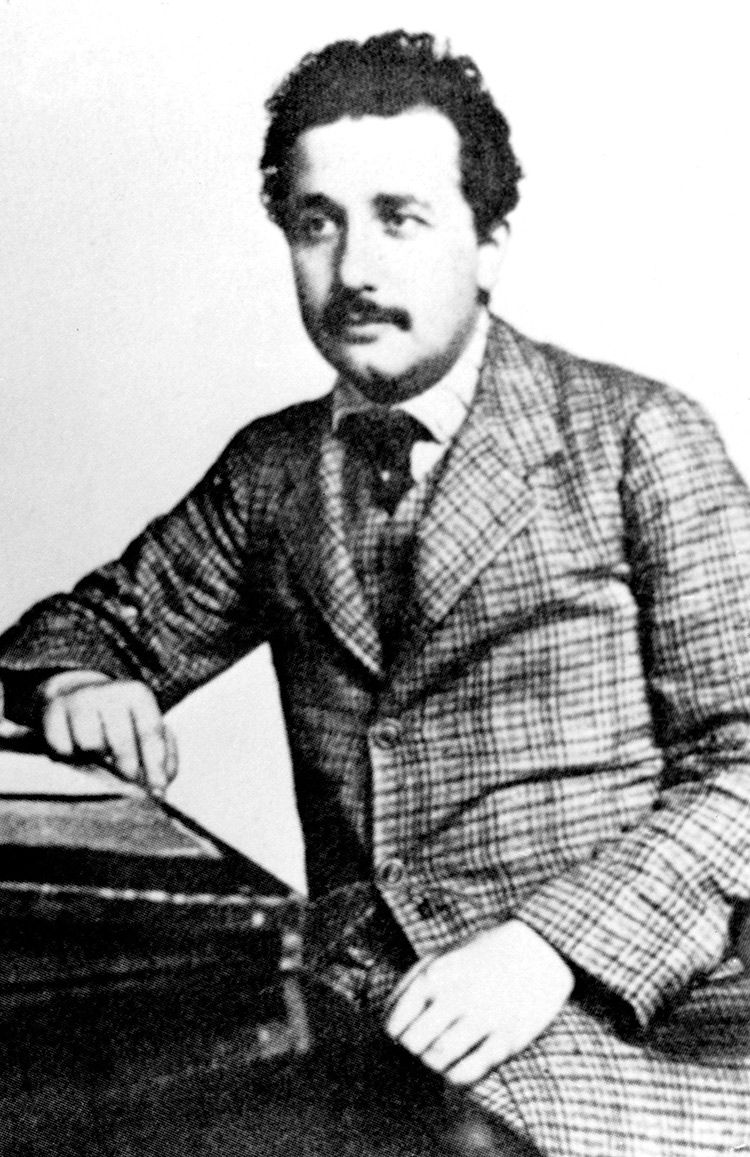The theory of special relativity explains how space and time are linked for objects that are moving at a consistent speed in a straight line. One of its most famous aspects concerns objects moving. Einstein's theory of relativity is a famous theory, but it's little understood. The theory of relativity refers to two different elements of the same theory: general relativity and special relativity. The theory of special relativity was introduced first and was later considered to be a special. SPECIAL only applies to inertial reference frames, those for which the state of motion is not influenced by external forces From the two principles of special relativity, some important But the ramifications of special relativity affect everything. Essentially, the theory proposed that distance and time aren't absolute. Now it's time for the third ice cream scoop, and. Special Relativity is not a theory about light, it is a theory about space and time, but it was the strange behaviour of light that first alerted scientists to the possibility that. Special relativity is a theory proposed by Albert Einstein that describes the propagation of matter and light at high speeds. It was invented to explain the observed behavior of electric and fields, which it beautifully reconciles into a single socalled field, and also to. The Special Theory of Relativity, which Einstein published in 1905, is made up of two postulates: 1. The Principle of Relativity: This states that the laws of physics are the same in all inertial reference frames. In this document we discuss Einstein's Special Theory of Relativity. The treatment is nonmathematical, except for a brief use of Pythagoras' theorem about right triangles. Albert Einstein's theory of relativity is actually two separate theories: his special theory of relativity, postulated in the 1905 paper, The Electrodynamics of Moving Bodies and his theory of general relativity, an expansion of the earlier theory, published as The Foundation of. The special theory of relativity deals with the problems involving nonaccelerated frames of reference. Postulates of the theory of relativity A scientific theory usually begins with general statements called postulates, which attempt to provide a basis for the theory. Relativity, wideranging physical theories formed by the Germanborn physicist Albert Einstein. With his theories of special relativity (1905) and general relativity (1915), Einstein overthrew many assumptions underlying earlier physical theories, redefining in the process the fundamental concepts of space, time, matter, energy, and gravity. Along with quantum mechanics, relativity is central to. The theory of relativity, or simply relativity, encompasses two theories of Albert Einstein: special relativity and general relativity. However, the word relativity is sometimes used in. Einsteins theory of special relativity created a fundamental link between space and time. The universe can be viewed as having three space dimensions updown, leftright, forwardbackward and one time dimension. This 4dimensional space is referred to as the spacetime continuum. Albert Einstein's Theory of Special Relativity. The special theory, on which the general theory rests, applies to all physical phenomena with the exception of gravitation; the general theory provides the law of gravitation and its relation to the other forces of nature. Albert Einstein 8 Ways You Can See Einstein's Theory of Relativity in Real Life. The theory explains the behavior of objects in space Special Relativity Works Even in Ghostly HighEnergy Neutrinos. (1711 views) An Introduction to the Special Theory of Relativity by Robert Katz D. , 1964 It is the purpose of this book to provide an introduction to the Special Theory of Relativity which is accessible to any student who has had an introduction to general physics and some slight acquaintance with the calculus. The Special Theory of Relativity 6. 1 Introduction The puzzling properties of light and the ether remained through the turn of the century and up to 1904: the speed of light (as described by the equations of did not depend on the motion of the observer and. Part I: The Special Theory of Relativity Albert Einstein 9 The System of Coordinates On the basis of the physical interpretation of distance which has been indicated, we are also in a position to establish the distance between two points on a rigid body by means of measurements. Pages from Albert Einstein's original manuscript in which he defines his theory of relativity Jon LevyAFP Getty Images If you are a fan of science fiction, then you know that relativity is a fairly common part of the genre. This chapter is concerned with the Special Theory of Relativity, which dates from 1905. In 1915 Einstein published an additional theory, called the General Theory of Relativity. This latter theory deals with the extension of the Special Theory to the case of the law of gravitation; we. Special relativity, part of the wideranging physical theory of relativity formed by the Germanborn physicist Albert Einstein. It was conceived by Einstein in 1905. It was conceived by Einstein in 1905. THE SPECIAL THEORY OF RELATIVITY Lecture Notes prepared by J D Cresser Department of Physics is known as the General Theory of Relativity. Amongst other things, this latter theory is essentially a theory of gravitation. The General Theory will not be dealt with in this course. Relativity (both the Special and General) theories, quantum. Given that, though, what the equation says is simple enough: that what gravity really is is not a force but a distortion of space and time, and that the geometry of space and time depends not just on velocity (as the Special Theory of Relativity had indicated) but on the energy of an object. The special theory of relativity has rendered the MaxwellLorentz theory so plausible, that the latter would have been generally accepted by physicists even if experiment had decided less unequivocally in its favour. Special relativity (or the special theory of relativity) is a theory in physics that was developed and explained by Albert Einstein in 1905. It applies to all physical phenomena, so long as. Easy to understand animation explaining all of Einstein's Theory. Covers both Special Relativity and General Relativity. The first is the Special Theory of Relativity, which essentially deals with the question of whether rest and motion are relative or absolute, and with the consequences of Einsteins conjecture that they are relative. The theory of relativity was developed by Albert Einstein in the early 1900s. There are two theories of relativity. The first is special relativity and the second is general relativity. The theory aims to solve problems which could not be solved by classical physics, or by 19th century physics. The Special Theory of Relativity, D. physical ideas explored thoroughly and clearly, but perhaps not for the beginner. This set of lecture notes is based principally upon material drawn from these sources. In the Special Theory of Relativity, published in his socalled miraculous year of 1905, Einstein had the audacity to turn the question around and ask: what must happen to our common notions of space and time so that when the distance light travels in a given time. 6 Electrodynamics in Special Relativity 65 and their consequences constitute the Special Theory of Relativity. Later, Einstein was able to further develop this theory, leading to what is known as the General Theory of Relativity. Amongst other things, this latter theory is essentially a theory of gravitation. relativity the special and general theory by albert einstein, ph. professor of physics in the university of berlin translated by NPTEL provides Elearning through online Web and Video courses various streams. Einstein's special theory of relativity (special relativity) is all about what's relative and what's absolute about time, space, and motion. Some of Einstein's conclusions are rather surprising. They are nonetheless correct, as numerous physics experiments have shown. Abstract: Special Relativity is taught to physics sophomores at Johns Hopkins University in a series of eight lectures. Lecture 1 covers the principle of relativity and the derivation of the Lorentz transform. Lecture 2 covers length contraction and time dilation. In this course we will seek to understand Einstein, especially focusing on the special theory of relativity that Albert Einstein, as a twentysix year old. Einstein basically did a pile driver on all our brains when he came up with his theory of special relativity. Learn for free about math, art, computer programming, economics, physics, chemistry, biology, medicine, finance, history, and more. Light and its nature have caused a lot of ink to flow during these last decades. Its dual behavior is partly explained by (1)Doubleslit experiment of Thomas Young who represents the photons motion as a wave and also by (2)the Photoelectric effect in which the photon is considered as a particle. the Special Theory of Relativity which is accessible to any stu dent who has had an introduction to general physics and some slight acquaintance with the calculus. The special theory of relativity is based on the principle of special relativity, which states that all observers moving at constant velocities with respect to each other should find the same laws of nature operating in their frames of reference. This book is a thorough and well written introduction to the Special Theory of Relativity. In addition to the basics of special relativity it covers the history of Special Relativity and it includes 60pages of Lorentz Electrodynamics. Albert Einstein, in his theory of special relativity, determined that the laws of physics are the same for all nonaccelerating observers, and he showed that the speed of light within a vacuum is. The Special Theory of Relativity: Foundations, Theory, Verification, Applications (Undergraduate Lecture Notes in Physics) Feb 17, 2016. FREE Shipping on eligible orders. Only 2 left in stock order soon. The Special and General Theory Albert Einstein The physicist and humanitarian took his place beside the great teachers with the publication of Relativity: The Special and General Theory, Einsteins own popular translation of the physics that shaped our truths of space and time. Special Theory of Relativity provides a discussion of the special theory of relativity. Special relativity is not, like other scientific theories, a statement about the matter that forms the physical world, but has the form of a condition that the explicit physical theories must satisfy. Is special relativity a special case of general relativity? What is a good interactive toolwebsite for special relativitygeneral relativity intuition building? Which is a better book for learning about special relativity, Wolfgang Rindler's 'Introduction to Special Relativity' or AP French's 'Special.











